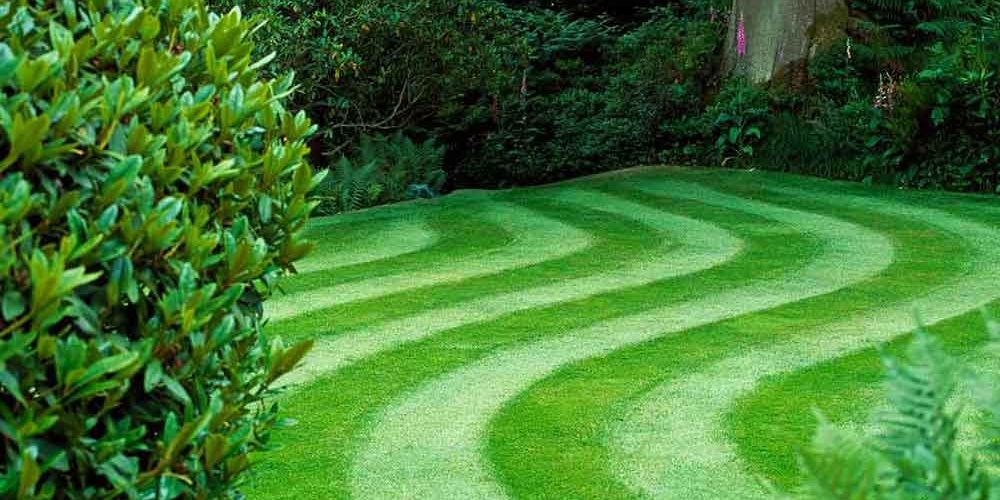All around the house there are areas of interest and purpose. One area of relaxation is the living room, and its extension is the garden and the lawn. The lush green lawn either at the front yard or at the back is one of the notable considerations of effective home and yard maintenance. It’s so nice relaxing by the bench or playing with your loved ones out there and a nice green lawn attracts visitors, too! Of course, residents of different places, states or countries have different grass growing patterns, requirements and methods; but in any case, growing green grasses are relatively similar.
There are many considerations for grasses to grow green; climate in a particular region, the soil properties, the type of grass to be planted, nutritional requirements, lawn mowing habits, watering techniques and of the proper control of the unwanted growth of weeds. Before jumping on to the different techniques on how to grow and maintain green grasses, it is important for every household to decide whether methods to be applied would be either chemically or just plain organic.
Here are the pros and cons of each:
Grasses grown on commercial chemicals, such as nitrate and iron, helps you attain a very lush and green lawn almost instantly. Applying heavy amounts of nitrate and iron would give you desired results in just about 2-3 days. This type of method maybe considered as an option for growing grasses for instant or short term occasion and abrupt visitors that we will entertain. But the downside for this method is that, nitrate chemical residues can stay long on the grasses which may be a possible effect on people.
The second method, and would be the more acceptable and common one, is to grow your grasses organically. Although it may take some time, a lot of hard-work and patience to achieve greener and more lush grasses, results lasts and stay longer, thus, having a greener lawn of grass all year round.
Here are the different methods, tips and tricks on how to grow and maintain green gasses and most are relatively easy: Grass varieties conducive to cool-season include: Ryegrasses, Fescues, Bluegrasses and Bentgrasses, while those can withstand the heat summer periods include Bermudagrass, Buffalograss, Zosiagrass, Centipedegrass, Bahiagrass and St. Augustinegrass. Soil pH properties and levels should also be considered. The best pH level for grasses is 6.5. Adding lime whenever it drops below 6 and sulfur if it goes beyond 7 would be of help. Maintaining an appropriate pH level for the grasses is the secret in having lush, green and thick grasses. Checking pH level can be left to the hands of experts since some commercial testers give inaccurate results.
Apply fertilizers only twice a year. An ideal period would be in the spring and fall, preventing it to be washed away by rain and snow. In mowing the lawn, maintain a higher length for your grasses (about 3 to 4 inches high). Higher leaves of grasses allow better nutrition building for the grasses, more leaves doing photosynthesis. It also prevents weeds from growing faster by depriving weeds of the sunlight. After mowing, just leave the clippings as is, when wilted and composted, it’s an additional fertilizer for the grasses. Water only when grasses show signs of thirst. Water heavily and deeply, adding another inch for the grass to grow better roots. After 2 to 3 hours, repeat heavy watering for grasses to absorb water well.
For additional info see:
DIY – Cut Down On Lawn Care
About.com – Green Lawns







